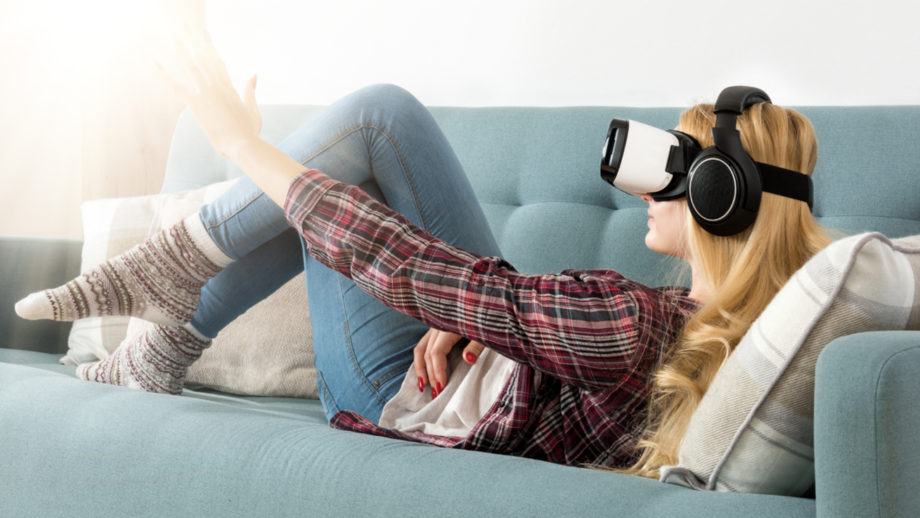Since 2020, because of the Covid-19 pandemic, many companies are moving to remote working models.
A step further has been made by those companies that have incorporated Virtual Reality -VR- and Augmented Reality -AR- in the new dynamics of remote work.
In the pandemic period AR/VR have reached an important development, from a niche technology to a growing trend in many industries. In fact, global AR and VR headset, software, and service spending in 2020 increased to $12 billion, a 50% increase from 2019. AR was used by 32% of costumers most frequently for gaming and social media. Furthermore, the retail industry’s AR and VR market is expected to reach $2,094.08 billion in 2027, growing at a rate of 68.5 percent.
These simple data outline a favourable path that seems already written, and that will implement what the pandemic and technological innovations have started, fuelling the demand for XR solutions.
In detail, before the pandemic, only a small number of companies were actually ready to use AR or VR, while others were working on estimating development costs and planning resources for dealing with these technologies’ innovation.
However, once the covid happened last year companies started noticing the market impact of these new immersive technologies seeing AR/VR as a tool to aid their dispersed teams and remote workers in carrying out their duties. Especially for VR, many companies began actively using it as a collaboration platform during lockdowns, where members of dispersed teams were able to join a virtual environment like a room or any other desired setting, sitting at a table and listen to the main speaker just like they would in a meeting.
Even customers become less reluctant to the use of AR and VR and thus XR technologies became increasingly popular among retail businesses. A virtual clothing-fitting app, for example, could be a fantastic technological extension for a retail business, using photos to create a 3D model of the user, which is then used to create virtual outfits. This led to an improvement of the customer experience by many retailers developing similar applications that allow customers to virtually try on clothing before purchasing it.
AR/VR technologies are also being used by businesses for educational and training purposes. Employees were trained for highly specialised technical skills or mastering a new profession without ever having to leave the house.
AR mobile apps, assisting in the maintenance of complex industrial equipment without the assistance of external experts also becomes a must-to-have, since all the users had to do was pointing the device at the equipment and follow the instructions that appear on the screen.
Finally, it is important to note that the boost that was given to XR solutions during the pandemic has now stabilised making technologies that were largely used as toys few years ago, seamlessly integrated into our lives. The current state of AR and VR experiences is richer and more lifelike also as a result of ever-increasing hardware power, unprecedented connectivity and the general expansion of knowledge and experience. All resources and advancements that will be increasingly used in the creation of innovative XR solutions until extending the range of possible applications to all sectors.
Source: Forbes


